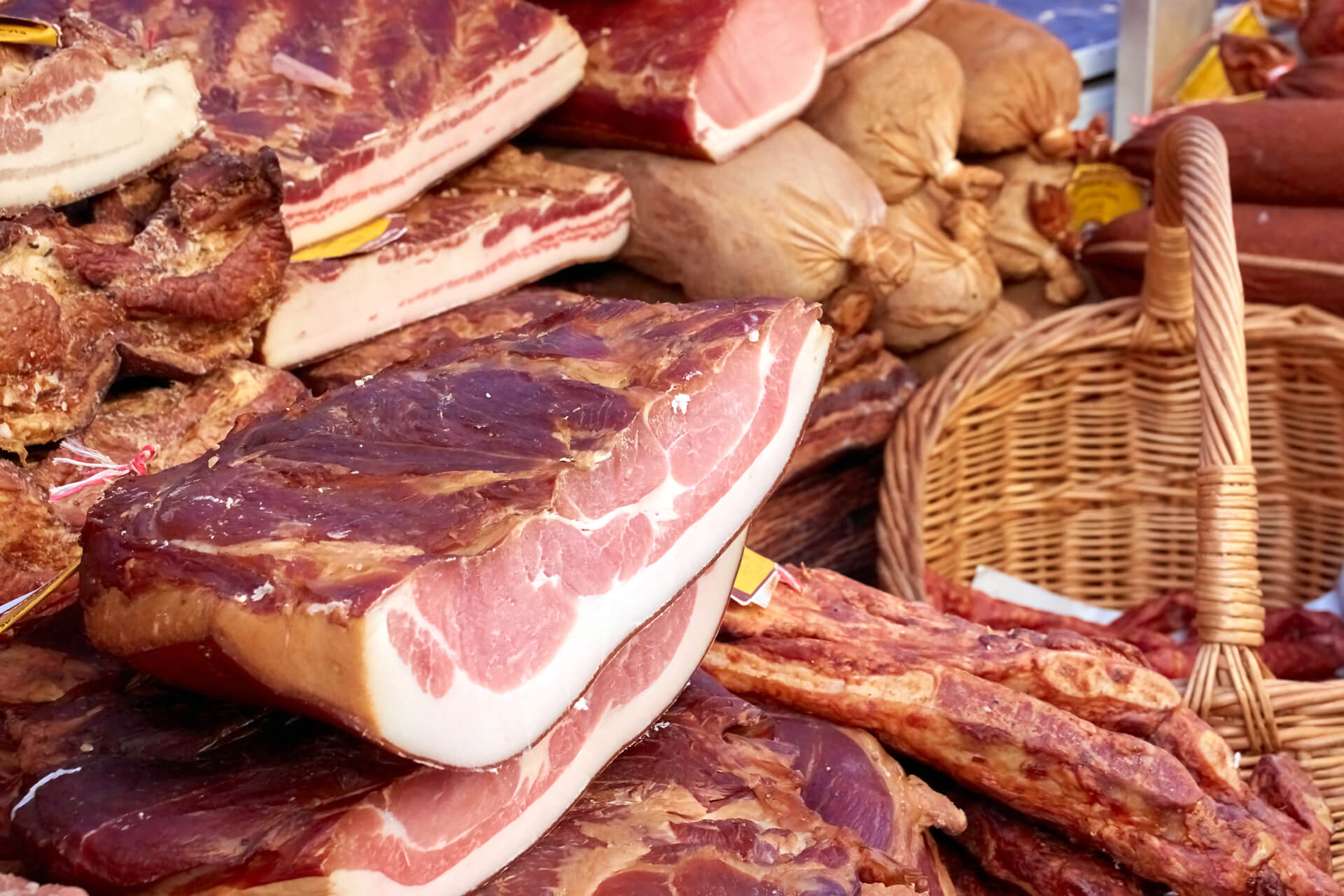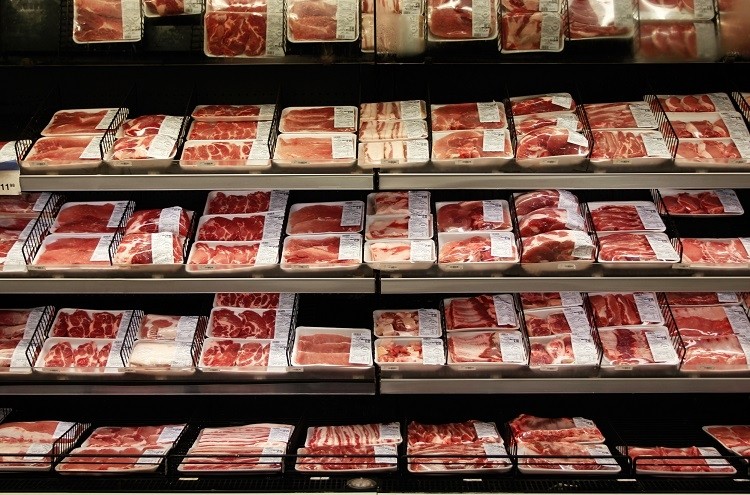Reveal the Art of the Butcher's Cut in a Modern Meat Market
In the ever-evolving landscape of modern meat markets, the butcher's cut has actually transcended its standard roots, merging old-time craftsmanship with modern techniques. bagley farms meat market edwardsville il. Today's butchers are not merely cpus of meat; they are experienced artisans that emphasize sustainability and ethical sourcing. Their expertise in choose and preparing cuts customized to certain cooking needs offers an exceptional eating experience. Yet, what really sets the modern butcher apart is their ability to create a much deeper link between consumers and the beginnings of their meat. How do these masters balance custom with advancement, and what implications does this have for the future of meat intake?
Evolution of Butchery Methods

The mid-20th century saw butchery techniques additionally refined by scientific understandings into muscle biology and meat aging, enhancing both tenderness and taste. Technologies like vacuum cleaner packaging and refrigeration prolonged product shelf-life, enabling butchers to diversify offerings and enhance quality assurance. This duration additionally marked the increase of customized tools, such as band saws and meat slicers, which boosted precision and effectiveness in meat handling.
Computerized systems currently assist in tracking pet provenance and maximizing cuts to satisfy certain client choices. Additionally, a resurgence in artisanal butchery has actually emerged, blending standard abilities with contemporary expertise to cater to customers looking for moral and lasting meat options.

Recognizing Meat Cuts

Comprehending the intricacies of meat cuts is necessary for both butchers and consumers seeking top quality and value. Each cut comes from a different component of the animal, passing on special tastes, textures, and cooking approaches. Proficiency of these differences not just enhances cooking experiences but additionally maximizes the energy of each carcass. For butchers, precise cuts show skill and respect for the craft, making sure marginal waste and optimum yield.
The main groups of meat cuts consist of primal, sub-primal, and retail cuts. Butchers then break these down better into sub-primal cuts, before lastly producing retail cuts readily available to customers, like ribeye or tenderloin.
Recognizing muscle make-up is crucial; muscles used a lot more often by the animal tend to be harder and are best fit for slow-moving food preparation approaches, while less-used muscle mass, like those discovered in the loin, are more tender and perfect for cooking or roasting. Experience with these differences equips consumers to make informed options, enhancing their culinary ventures.
Picking Quality Meat
Choosing the best meat involves even more than just picking an aesthetically attractive piece from the display screen. The art of picking high quality meat needs a critical eye and understanding of certain qualities that symbolize quality and excellence. First of all, focus on the color; beef should have a bright, cherry-red hue, while lamb ought to display a soft pink tone, and pork a light pink. This shows the meat is fresh and hasn't been subjected to oxygen for too long.
Second of all, take into consideration the marbling, which refers to the white streaks of fat within the muscle. Proper marbling is a vital sign of tenderness and taste, as it melts during food preparation, boosting the meat's juiciness. Keep in mind, greater marbling typically correlates with premium top quality cuts, such as USDA Prime.
Texture is an additional essential element; meat should feel strong to the touch, not slimed or excessively soft. In addition, bear in mind the aroma. Fresh meat needs to have a tidy, neutral smell, cost-free from any kind of sour or off-putting smells.
Coupling Cuts With Cooking Approaches
Efficiently pairing cuts of meat with the appropriate cooking methods is crucial for attaining optimal taste and structure. Different cuts differ in inflammation, marbling, and connective tissue web content, each requiring certain techniques to unlock their possibility. Tender cuts like filet mignon and ribeye, with their fundamental marbling, benefit from high-heat, quick-cooking methods such as cooking or pan-searing. These approaches improve the meat's natural tastes and make certain a juicy surface.
Alternatively, harder cuts like brisket and chuck roast are rich in collagen, which breaks down into gelatin when cooked gradually. These cuts are perfect for braising or slow roasting, permitting the meat to soften in time and create deep, intricate tastes. Cuts such as brief ribs and pork shoulder make out well with slow-cooking approaches, where prolonged cooking times change their robust structures right into succulent meals.
Lamb shanks and oxtail, which require long term food preparation to soften, are perfect prospects for cooking or sluggish simmering. These techniques coax out rich, hearty tastes while maintaining dampness. visit site By recognizing the one-of-a-kind features Recommended Reading of each cut, cooks and home chefs alike can elevate their cooking developments, making certain each meal is both satisfying and remarkable.
The Butcher's Function Today
Browsing the advancing landscape of the modern-day meat market, the butcher's role today expands past plain preparation of cuts. Contemporary butchers are culinary artisans, instructors, and supporters for lasting practices.
In enhancement to crafting precise cuts, butchers now engage straight with clients, supplying cooking guidance and tailoring options to match individual requirements and preferences. Their know-how in meat aging, marbling, and flavor accounts equips customers to make educated decisions, enhancing their culinary experiences. This individualized solution exemplifies the butcher's advancing function as a trusted consultant in the kitchen.
Moreover, butchers are pivotal in reducing waste, utilizing whole pets to develop varied products such as sausages and supplies - bagley farms meat market edwardsville il. This thorough technique not just appreciates the pet but additionally straightens with modern sustainability objectives. In this way, the modern-day butcher personifies both tradition and advancement, adjusting to an ever-changing market while protecting the virtuosity and integrity of their craft

Verdict
Proficiency in recognizing varied meat cuts and quality indications encourages butchers to offer educated suggestions, aligning certain cuts with ideal food preparation approaches. By recognizing historical techniques while welcoming contemporary demands, the butcher's duty more tips here continues to be vital in today's innovative meat market.